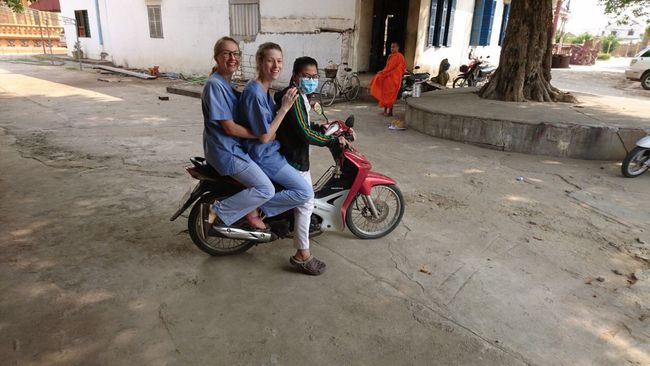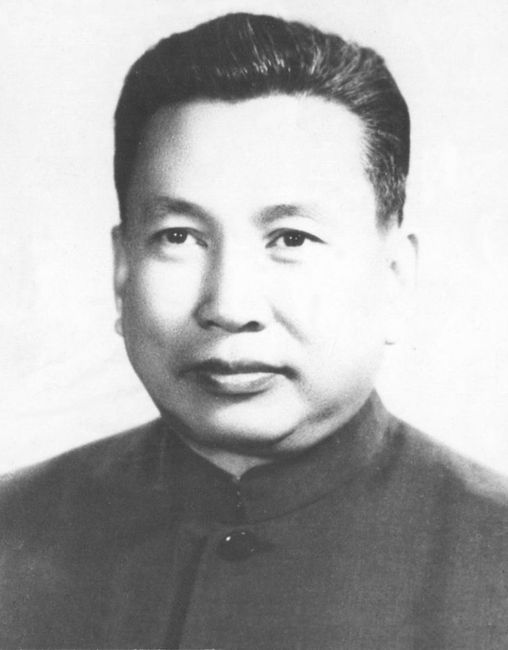First They Killed My Father
Lofalitsidwa: 14.03.2018
Lembetsani ku Newsletter
In the past few weeks, we have learned a lot about the Khmer and their history. In the genocide museum (S21, Tuol Sleng Museum), we learned that Pol Pot, the leader of the "red Khmer," wanted to forcefully transform the country into an agrarian communism. The invasion of his soldiers began on April 17, 1975 in Phnom Penh. Within two days, all residents of the city were driven to the countryside, and those who did not obey were killed on the spot. Phnom Penh quickly became a ghost town, as the entire population had to engage in forced labor in the countryside. From that day on, people were divided into two groups - the "new" people were academics and city dwellers, and the "old" people were farmers. Being counted among the new people was considered an enemy of the state. Simply wearing glasses was enough to be considered educated. If one was related to a person who was deemed suspicious, they were also considered suspicious. Pol Pot's paranoia went so far that he ordered the entire family of a suspect to be killed so that no one left behind could seek revenge. One of his propaganda slogans was, "If you want to weed out the grass, you must also pull out the root!"
Pol Pot's soldiers were mostly children from the countryside, who blindly followed his orders, far away from education and their families. They did this not least because torture and death awaited them if they resisted. One of the torture sites and prisons was a former school in the middle of Phnom Penh, which has been known as Security Prison 21 (S21) since then. More than 17,000 people were held, tortured, and killed in this place. The unchanged rooms display black and white photographs of the people (before torture, after torture, and even after death) who suffered there, as well as torture instruments and cells. The reason we can see these pictures today is because the prison guards meticulously recorded every prisoner brought to S-21. The precise documentation also shows that it was considered an accident if someone died as a result of torture, as the goal was to gather information about possible espionage by the neighboring Vietnamese or the CIA. If this happened, sometimes even the torturer was killed by their former colleagues. Fear and terror spread even among Pol Pot's followers, as one could never be sure of their own life.
It was only on the slightly remote Killing Fields that the killings were to take place. "Choeung Ek," once an idyllic place that was a Chinese cemetery and orchard, became a place of execution and mass grave under the rule of the Khmer Rouge. Loud music and propaganda blared from giant loudspeakers to drown out the cries of desperate prisoners. They were locked in waiting rooms because often more people arrived in a day than could be killed.
Today, there is little left to see of the mass graves, only grass-covered depressions that give a glimpse of the horror that once was. During heavy rain, bone fragments, teeth, and scraps of clothing are still washed up from the ground, collected and displayed in glass cases. To pay respect to the people who were killed during the cruel regime, a huge stupa was built. Inside, about 8,000 skulls are displayed behind glass.
Altogether, approximately 3,000,000 people were killed until Pol Pot was overthrown by the Vietnamese in 1979.
We did not take any photos in S21 or at the Killing Fields.
If you want to know more, watch the movie "First They Killed My Father" (a biographical film set in this period). We haven't seen it ourselves, but it's supposed to be very worth watching.
Lembetsani ku Newsletter
Yankhani


